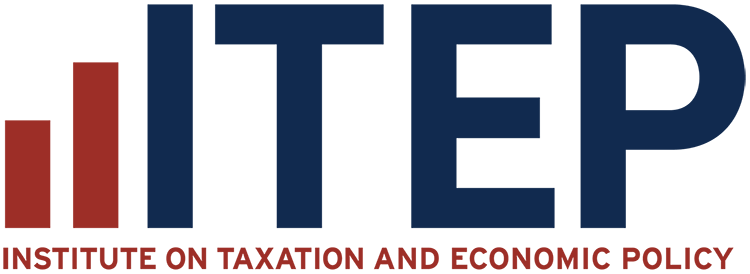The new Trump tax law provides the largest benefits and breaks to the richest taxpayers and corporations. Its cuts to health, nutrition and other priorities will more than offset tax cuts received by most working-class families, leaving them worse off.
Many lawmakers who were vocal supporters of this bill will see direct personal benefits while most of their constituents benefit little or will be worse off.
We quantified just how much 10 of these lawmakers stand to receive in tax cuts for a new report released by Accountable.US. The lawmakers’ finances, based on public disclosures required by law, fall under a handful of different scenarios that we examined using the ITEP microsimulation model.
The table below illustrates our estimates of how the new law could impact their taxes next year.
To produce these estimates, we started by dividing the lawmakers along two different dimensions to split them into four groups and then using the ITEP microsimulation model to estimate the typical personal income tax change for taxpayers in those groups.
The first dimension is the type of income the lawmakers have. All have earned income from their jobs as legislators. But 6 of the lawmakers have significant income from a “pass-through” business, which is likely eligible for the 20 percent business income deduction that the new law extends and makes permanent. The other 4 lawmakers receive a significant portion of their income as capital gains and dividends, which are mostly unaffected by the new law.
The second dimension we used to divide the lawmakers into groups is their state of residence. Specially, two of the lawmakers (Rep. Kean of New Jersey and Rep. Calvert of California) are from states with relatively high state and local taxes (SALT). The new law (mostly) extends and makes permanent the cap on SALT deductions that was first enacted in the 2017 tax law. The cap limits the benefits for high-income people in these states. The other 8 lawmakers are from low-SALT states and thus unlikely to be affected by the SALT cap.
Using the ITEP model we then estimated the average personal income tax break (as a share of income) for taxpayers in different income groups in each scenario.
In addition to personal income tax cuts, the new law also cuts corporate income taxes and the benefits will flow those who own corporate stocks and other business assets. Most of the 10 lawmakers have the type of income that comes from these types of assets and we could therefore project the benefit they would receive from the corporate tax cuts.
Together, the personal income tax cuts and the corporate income tax cuts provided by the so-called One Big Beautiful Bill Act further enrich those who are already well-off.
As the income estimates are ranges and likely do not encompass the full amount of an individual lawmaker’s income, the tax breaks for those lawmakers may be more or less, based on extraneous details not accounted for in the financial disclosure forms.
As illustrated in the table above and based on the information we have, the tax breaks for four of these lawmakers – Zinke, Wittman, Huizenga and Carey – could exceed $50,000 in 2026 alone.





